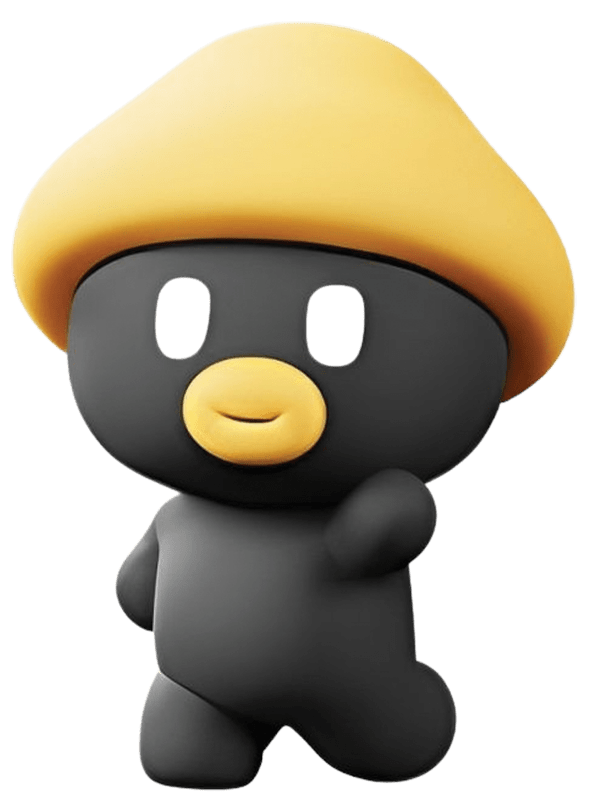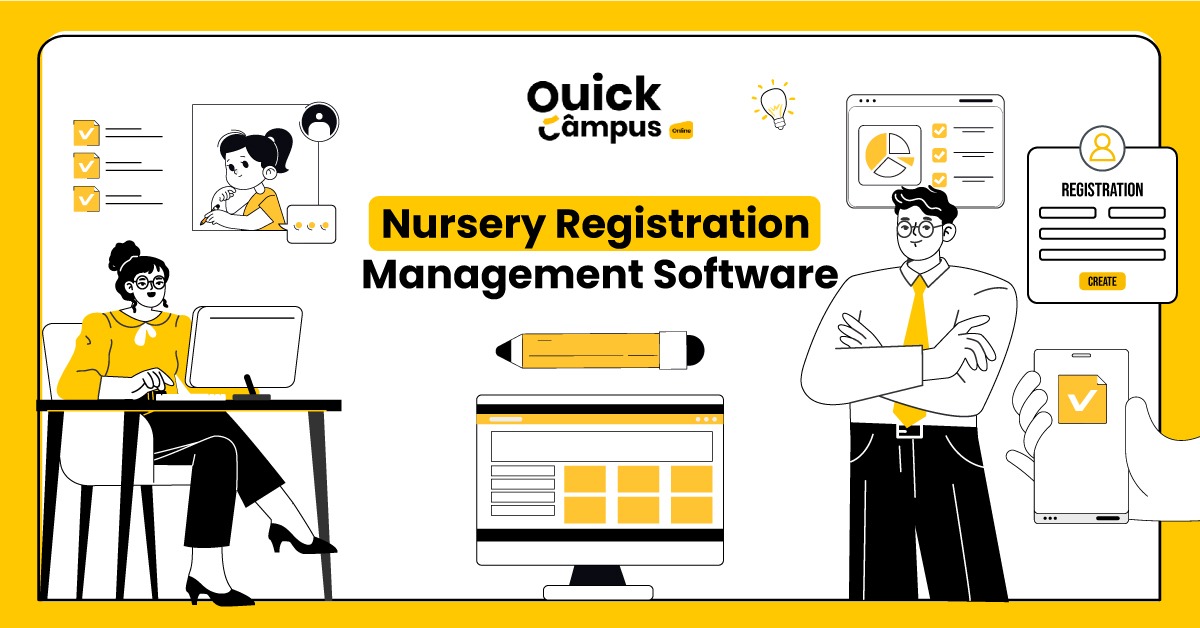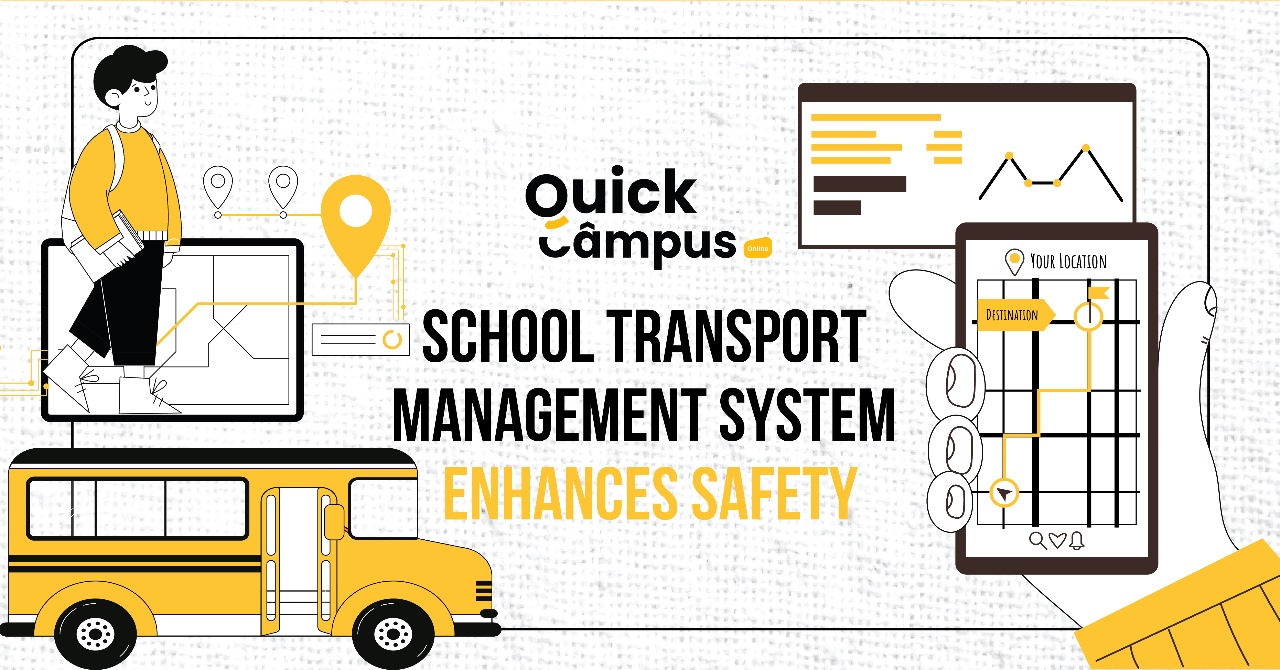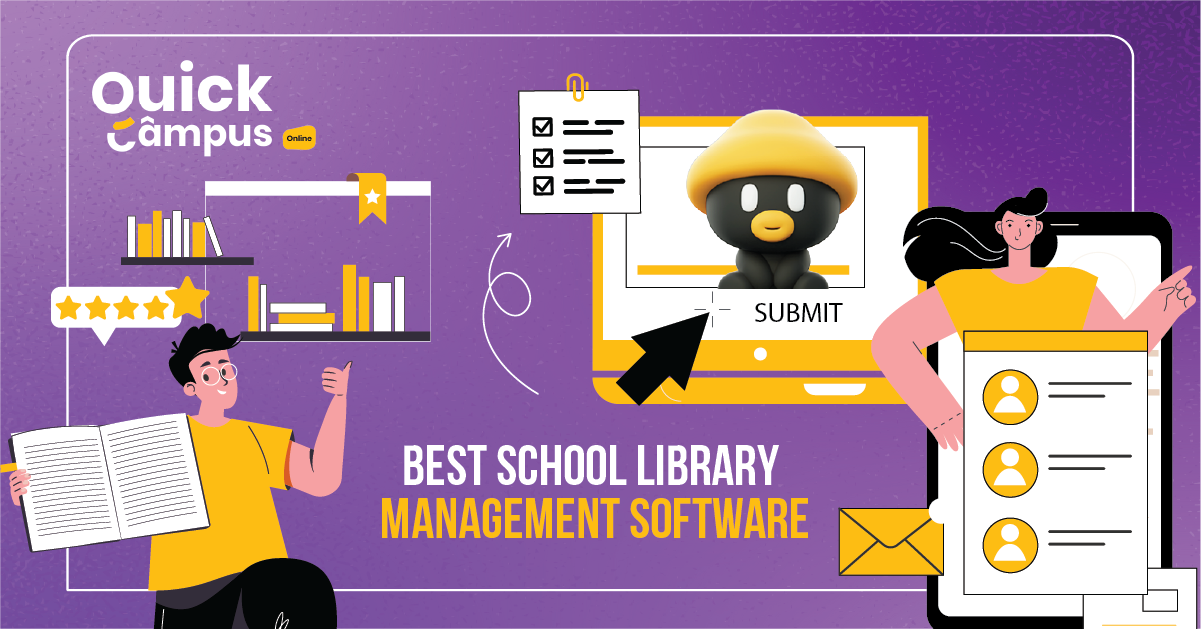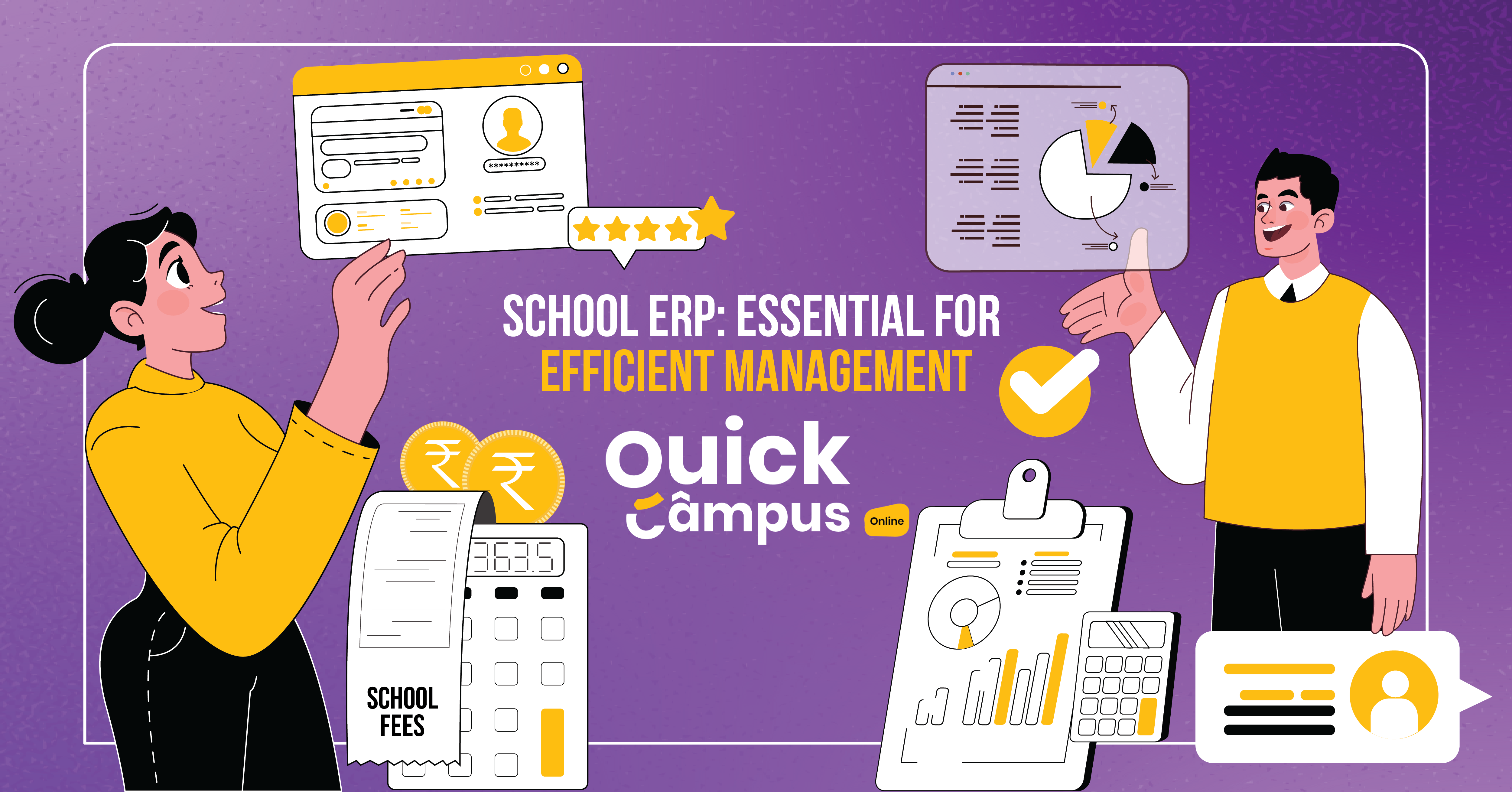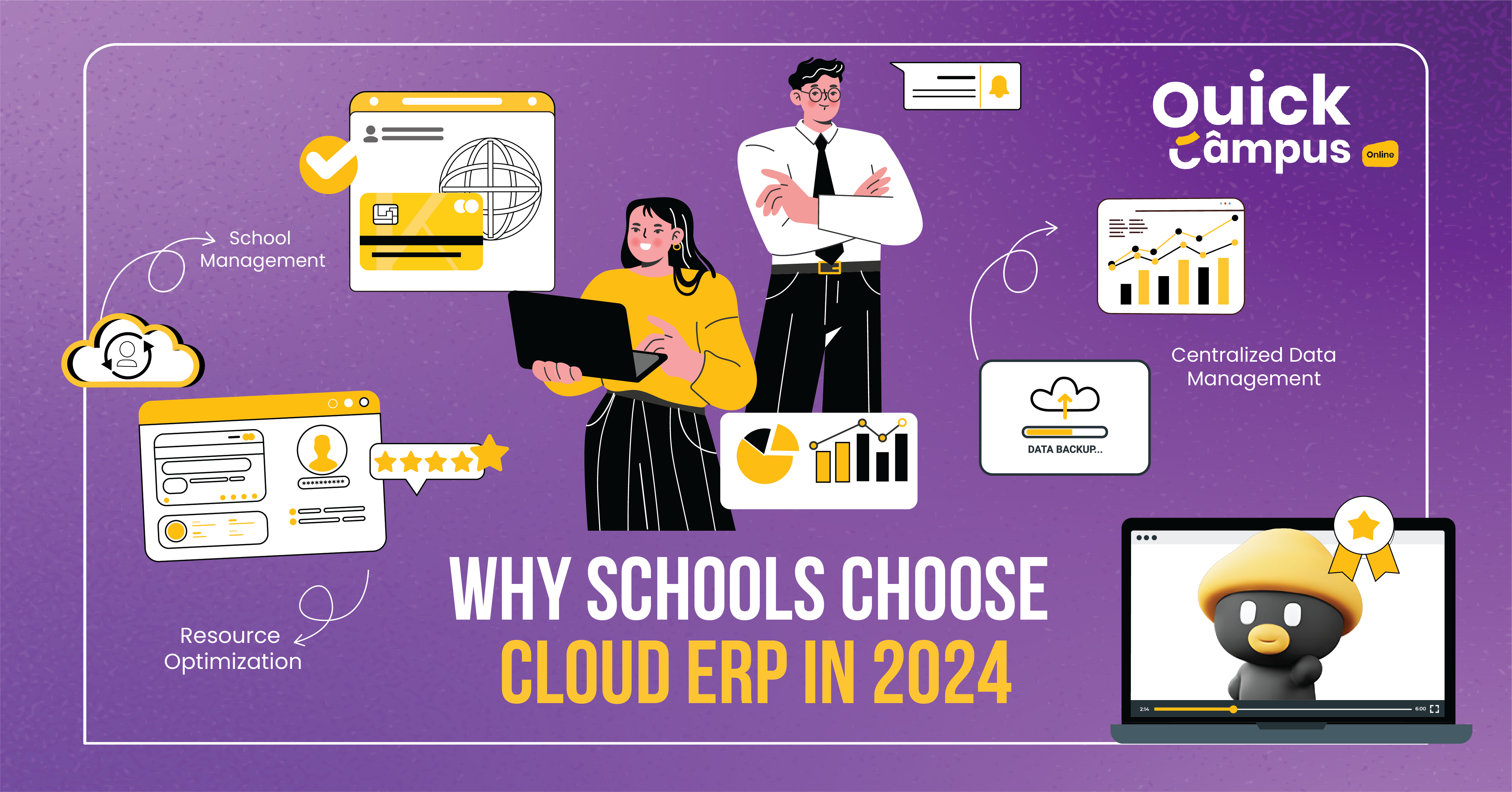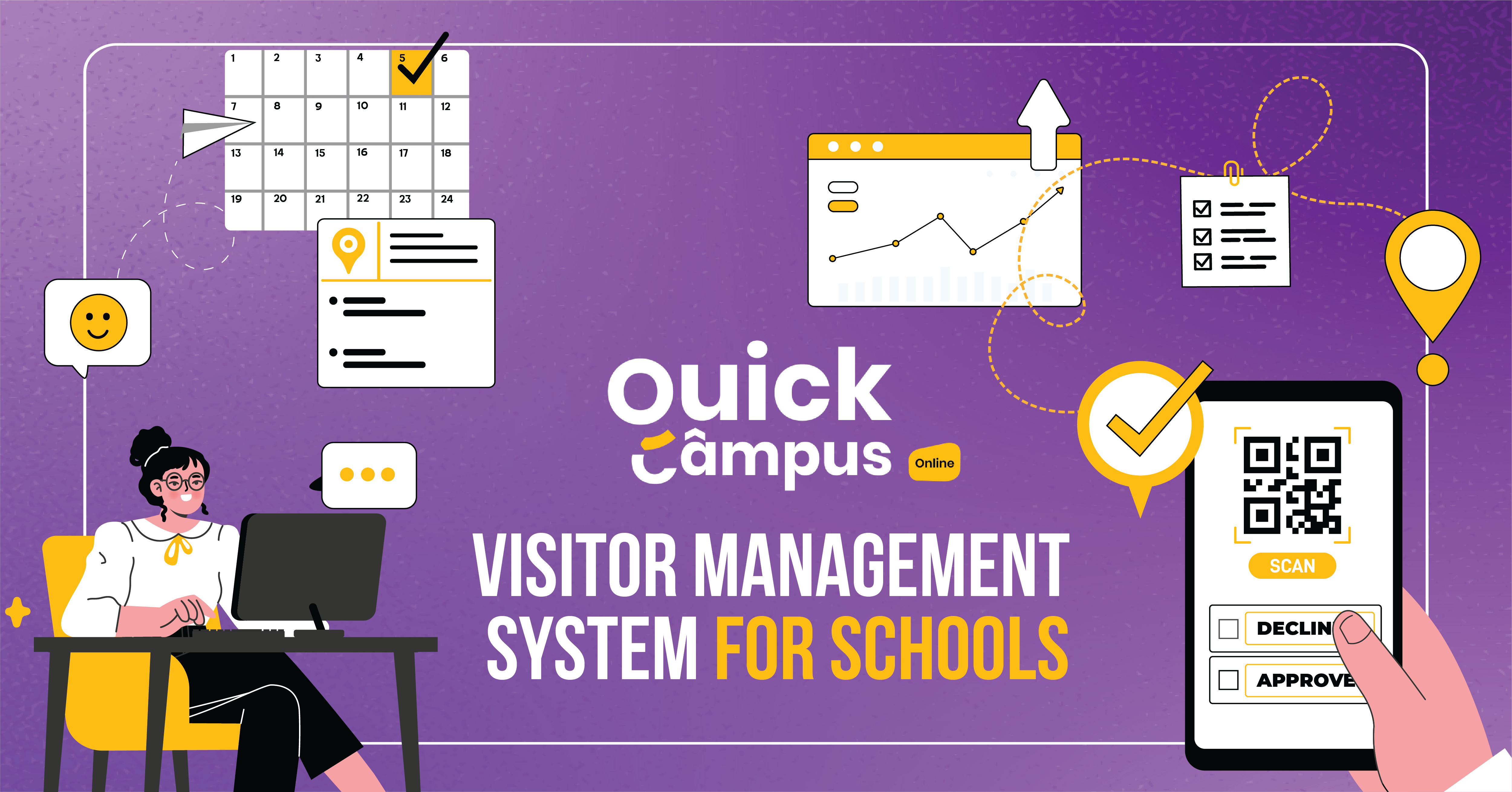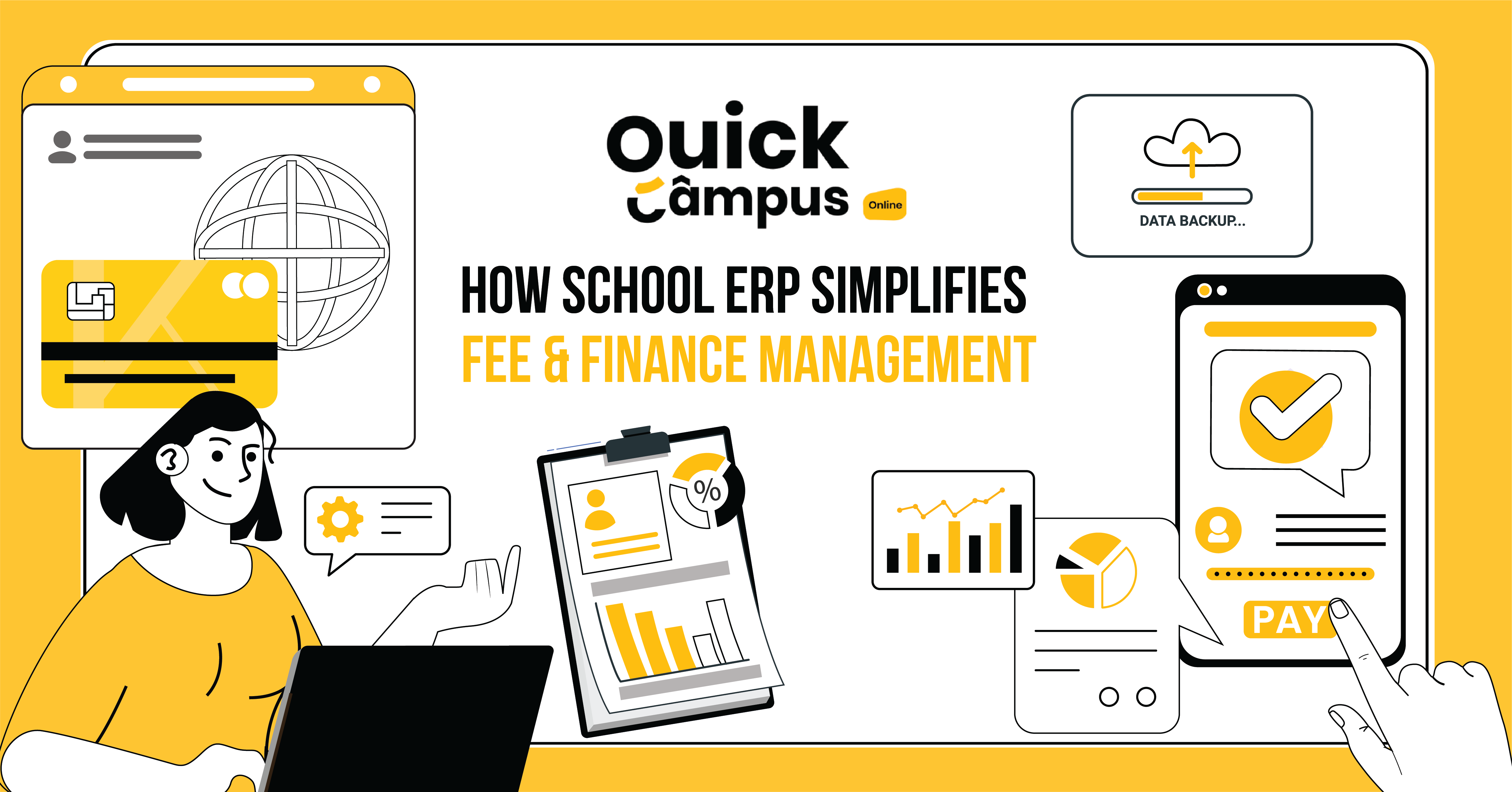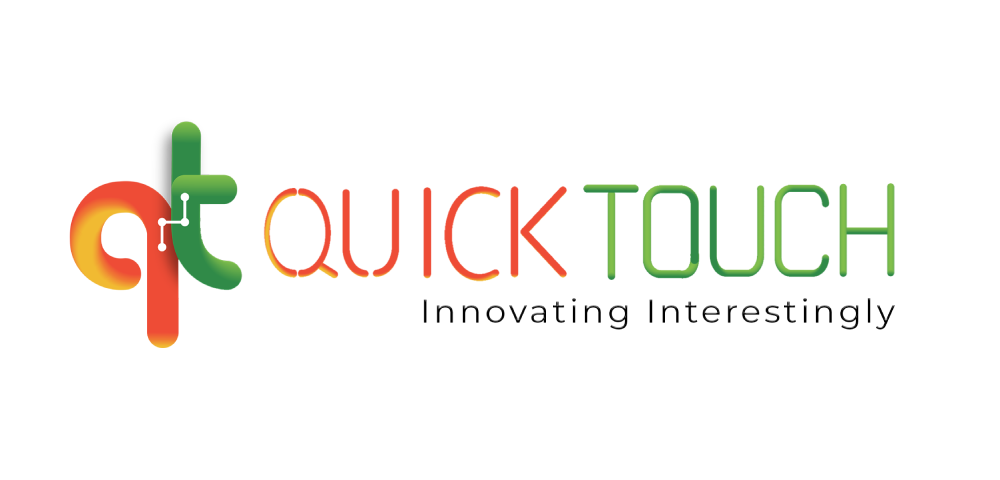Flipped Classroom Meaning, Examples, Models, Benefits
Imagine a class where lectures happen at home and class time is dedicated to fun activities and collaborative problem-solving. The flipped classroom brings a fresh approach to learning for effective and engaging.
Imagine the pancake floating. Traditionally, teachers explain new concepts in class (batter), and students implement them at home (floating pancakes). Order floats in a floating cycle. Students explore new material independently at home, often through videos, presentations, or engaging online resources.
Class time becomes a hands-on zone where students can work together on what they learned, tackle challenges, peer-to-peer learning, and do cool projects.
Meaning
A flipped classroom turns the traditional approach upside down. Students learn the material before class through lectures or readings. This frees up class time for tasks that require deeper thinking. Instead of listening to a teacher talk during class, students apply what they learned through activities and discussions.
Benefits Of Flipped Classroom
Flipping the classroom creates a profit bank for both students and faculty:
Individual Study
Students can watch lectures at their own pace, revisit confusing sections, or delve deeper based on their interests. Since everyone learns differently, this approach lets students explore at their own speed. Teachers can then jump in and offer a helping hand to anyone who gets stuck.
Active Participation
Study time is a playground for knowledge. Students team up for projects, solve problems as a group, and get help right away from the teacher, making peer learning more like a fun conversation everyone participates in.
Deeper Understanding
By actively practicing and applying concepts, students go beyond memorization to develop a deeper understanding of the material.
Teacher As Mentor
Flipped classrooms free up valuable class time. Teachers can spend less time lecturing and more time addressing individual needs, guiding discussion, and facilitating in-depth learning experiences.
Models Of Flipped Classroom
Variety reigns when revamping lessons. Consider these popular paths to flip your class.
Inverted Content
Before class, learners view brief videos, lectures or online resources that introduce new topics.
Class time transforms into engaging activities – group discussions, problem-solving exercises, mini-experiments reinforcing learned concepts.
Station Rotation
Divide the classroom into stations focusing on different topic aspects.
Students rotate through stations, participating in activities like case studies, presentations, and quizzes. At each station, the coach provides guidance and support.
The Flipped Mastery
At first, learners look at different sources to understand a topic. After that, they take a small test to check how much they know. Students who understand the ideas get to do extra fun work. But those who need more help get special attention from the teacher.
To begin, students look through many sources to learn about a subject. They explore the material from various places.
Next, they answer a short quiz to show what they understood. The quiz tests their grasp of the concepts.
The students who get the ideas move ahead to enrichment tasks. These activities help them learn more. However, the teacher gives focused support to anyone struggling. Extra help goes to those who need it.
Let’s Bring The Flipped Classroom To Life With Some Examples!
- Think about learning about the human body. In a regular class, the teacher might spend a whole period explaining how the heart works. But in a flipped classroom, you could:
- Watch a good animation video at home, showing the heart’s parts and pumping action.
- Come to class ready to discuss the different heart chambers and what they do.
- Make a model heart with clay or other stuff to understand it.
- Or let’s say you’re studying ecosystems in science class:
- You could explore websites with different ecosystems and all the living things in them.
- In class, you’d work with others to design your model ecosystem. You’d think about food chains, predators and prey, and more.
Continue Learning After Flipping The Classroom
Flipping the classroom is an interesting way to learn. But remember:
- Educational technology helps but does not replace teachers. You will still need face-to-face teaching.
- Planning well is important. Teachers must choose good materials and make engaging activities.
- Explaining clearly is key. Students and parents need to understand what a flipped classroom is.
Conclusion
Flipping the classroom is not only reversing the learning order. It is about making an environment focused on students. In this environment- exploring, working together, and actively participating become essential parts of a truly enriching learning experience. So, the next time you go into a classroom, remember the learning might be flipped, but the chance for deeper understanding and a love for learning is wide open!
